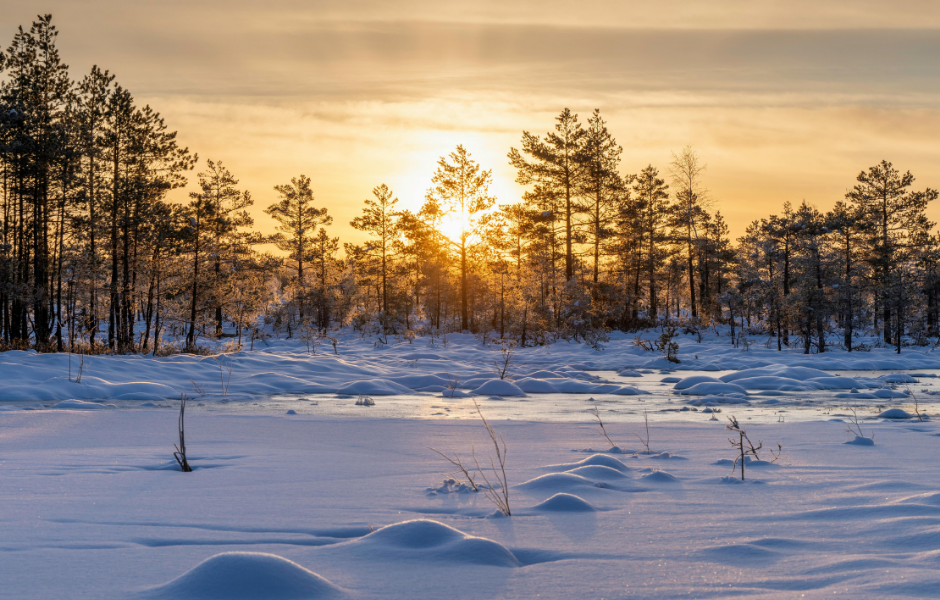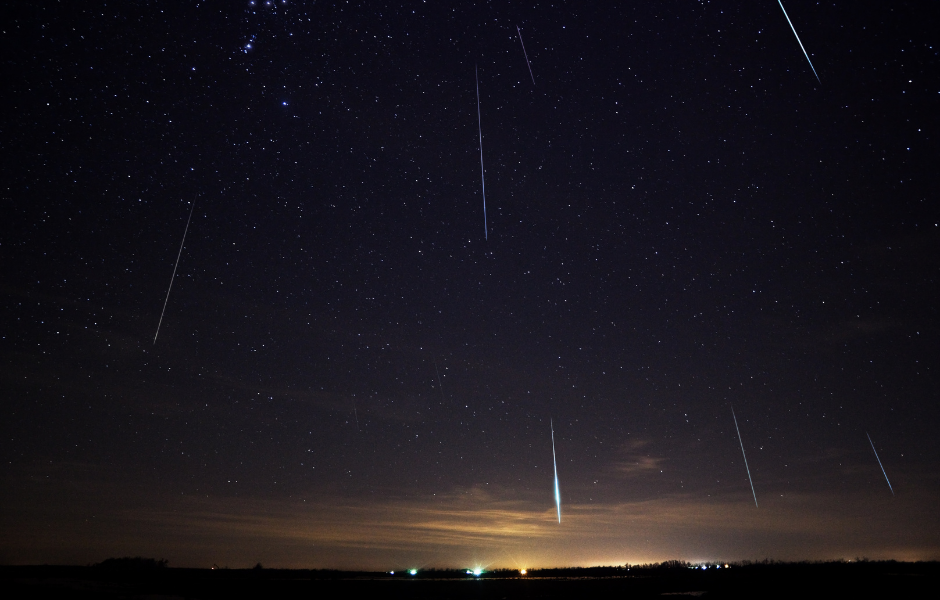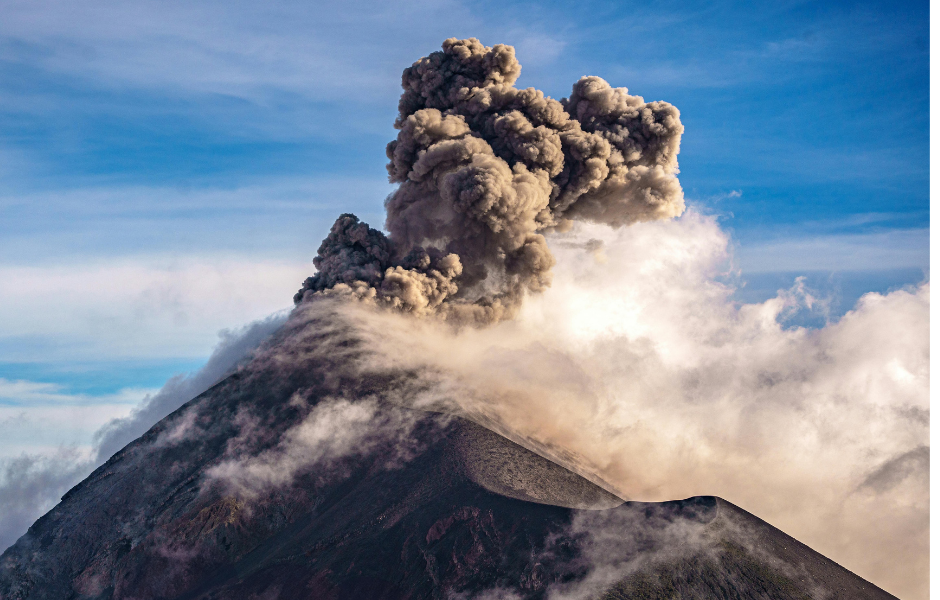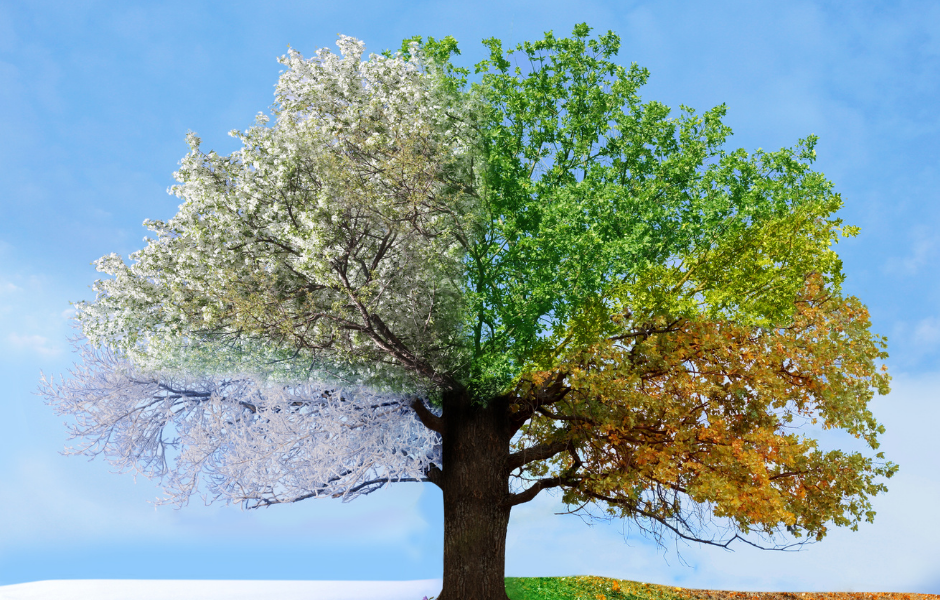
This children’s article, A kids’ guide to the seasons: how the weather changes through the year, has been written for native English speakers and for learners of English as a second or foreign language. It can help children practise reading and comprehension, learn useful vocabulary, and explore how the seasons change around the world. Written by Sinead O’Carroll, an experienced teacher and writer.
What are the seasons?
The year is divided into four main seasons — spring, summer, autumn, and winter. Each season has its own weather, activities, and celebrations. In most parts of the world, the seasons follow one another in a repeating cycle that helps plants, animals, and people adapt to changes in temperature and daylight.
Countries near the equator usually have warm weather all year, while those farther north or south experience more dramatic changes.
The seasons happen because the Earth tilts on its axis as it orbits the Sun. You can learn more about it in this St Marys Science video.
Spring: when everything starts to grow again
Spring is often seen as a time of new life. Plants start to bloom, animals come out of hibernation, and the days begin to grow longer. In some parts of the world, spring also brings heavy rainfall, which can sometimes cause flooding. You can read about one recent example in Floods hit Buenos Aires Province in Argentina.
People celebrate spring in many ways. In Japan, families enjoy cherry blossom season, while in India, the colourful Holi festival marks the arrival of warmer weather.
Summer: sunshine and outdoor fun
Summer usually brings the warmest weather of the year. Many children have school holidays, go swimming, or spend time outside. The days are long and full of sunlight, which helps crops grow and provides energy for plants through photosynthesis.
However, it is also important to stay safe in the strong summer sun. You can learn how to do that in our article Sun Safety Week: The sun is great, but we need to stay safe in it.
Autumn: changing colours and harvest time
Autumn, also known as fall in some countries, is when the air becomes cooler and leaves change colour before falling from the trees. Farmers harvest their crops, and many cultures celebrate festivals of food and light.
In China and across Asia, people enjoy the Mid-Autumn Festival, which includes mooncakes and lanterns. You can read more in Mooncakes and lanterns: the Chinese Mid-Autumn Festival.
Winter: cold weather and shorter days
Winter is the coldest season, bringing snow, ice, and long nights in many parts of the world. Some animals hibernate to stay warm, while others grow thick fur. People often stay indoors more and celebrate holidays such as Christmas and New Year.
In places near the Arctic Circle, winter can be especially dark and cold. Find out what life is like there in A kids’ guide to the Arctic Circle.
Why the seasons matter
The seasons affect how people live, what they eat, and how they celebrate. They also help scientists understand how the Earth’s climate is changing. Whether you prefer sunny summer days or snowy winter mornings, the seasons show us how wonderful and varied our planet can be.
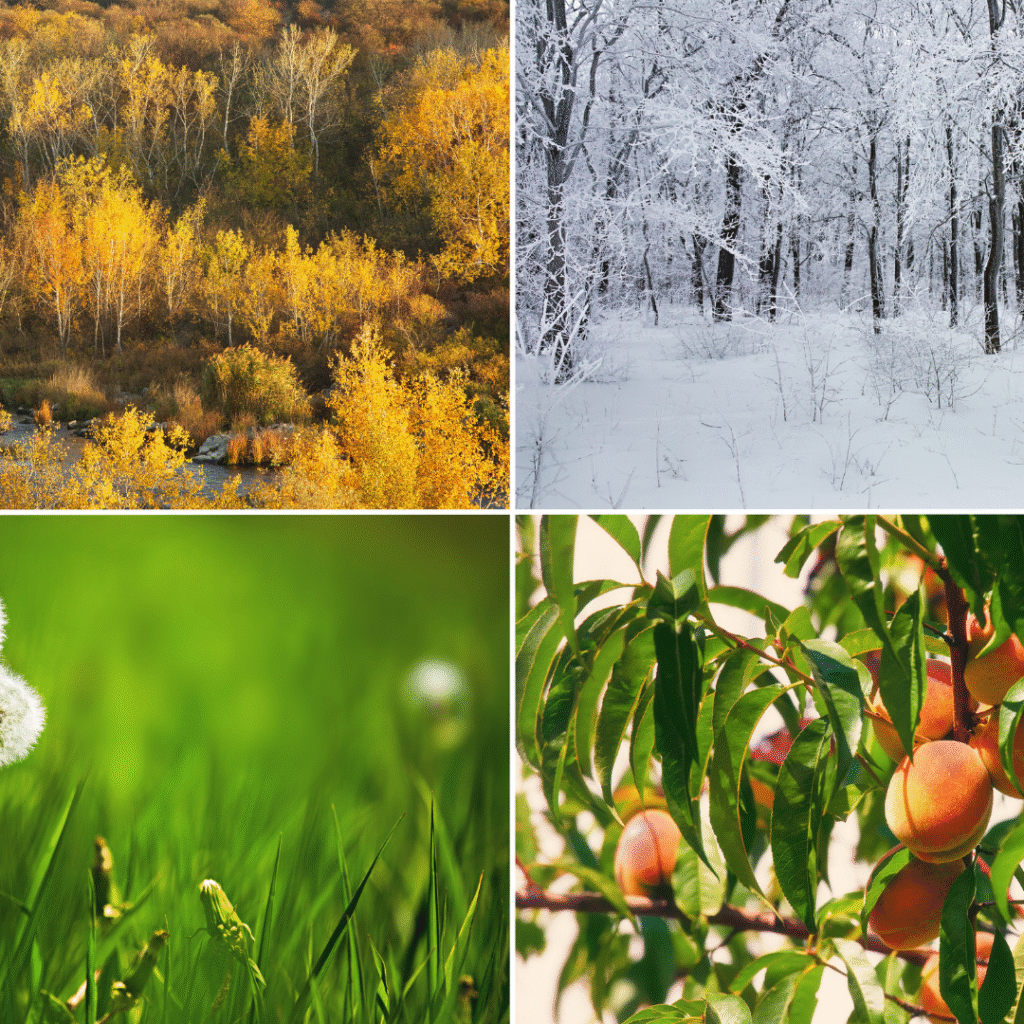
Article vocabulary list
- Seasons – the four parts of the year: spring, summer, autumn, and winter.
- Equator – an imaginary line around the middle of the Earth.
- Photosynthesis – the process by which plants use sunlight to make their food.
- Hibernation – a deep sleep that some animals have during winter to save energy.
- Harvest – the time when crops are collected from fields.
- Climate – the usual weather in a place over a long period.
- Orbit – the curved path that one object takes around another, such as Earth around the Sun.
- Axis – an imaginary line through the centre of Earth around which it spins.
Comprehension questions
Just click the plus (+) to see the answer
1. How many main seasons are there in most parts of the world?
a) Two
b) Four
c) Six
Answer: b) Four
2. What causes the seasons to change?
a) The Moon’s orbit around Earth
b) The Earth tilting on its axis as it orbits the Sun
c) Changes in the ocean temperature
Answer: b) The Earth tilting on its axis as it orbits the Sun
3. What often happens in spring in many parts of the world?
a) Trees lose their leaves
b) Animals hibernate
c) Plants start to bloom and grow
Answer: c) Plants start to bloom and grow
4. Why is it important to stay safe in summer?
Answer: The strong sunlight can harm skin and health if people are not careful.
5. What festival is celebrated in autumn in China and across Asia?
Answer: The Mid-Autumn Festival
6. What is special about winter near the Arctic Circle?
Answer: It can be very dark and cold, with very little sunlight.
7. What do the seasons help scientists understand?
Answer: How the Earth’s climate is changing.
Sinead is a writer and EFL teacher with eight years’ experience. She’s a native English speaker who loves making news stories fun and easy to understand for children around the world. Her passions include travel, animals, and helping to make the world a kinder, more sustainable place.

